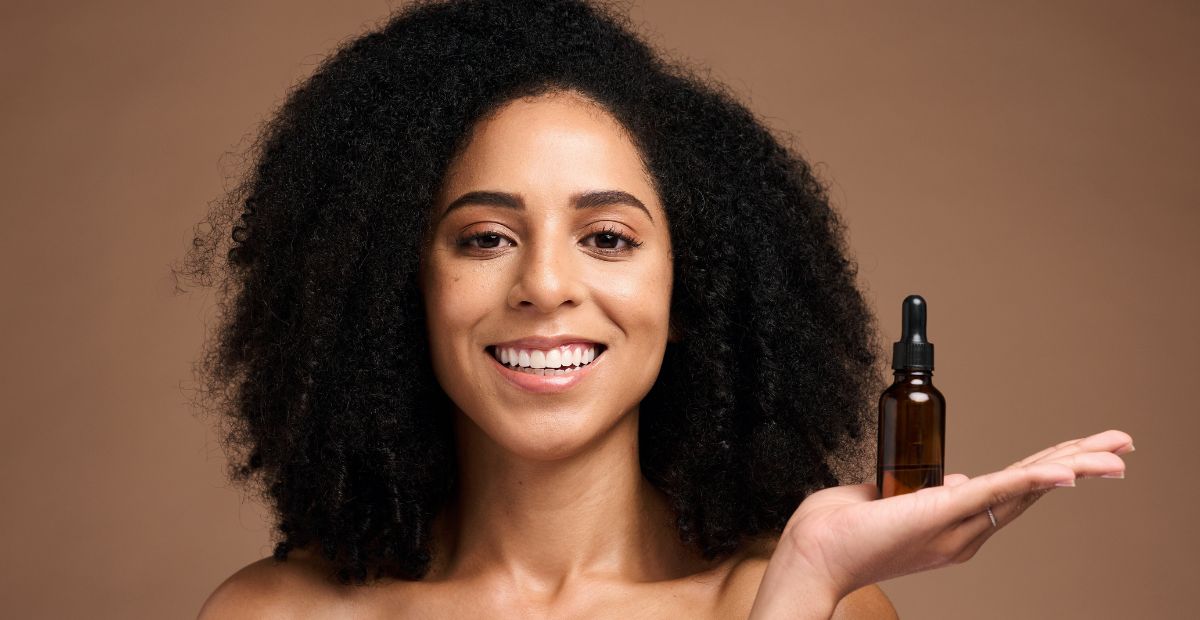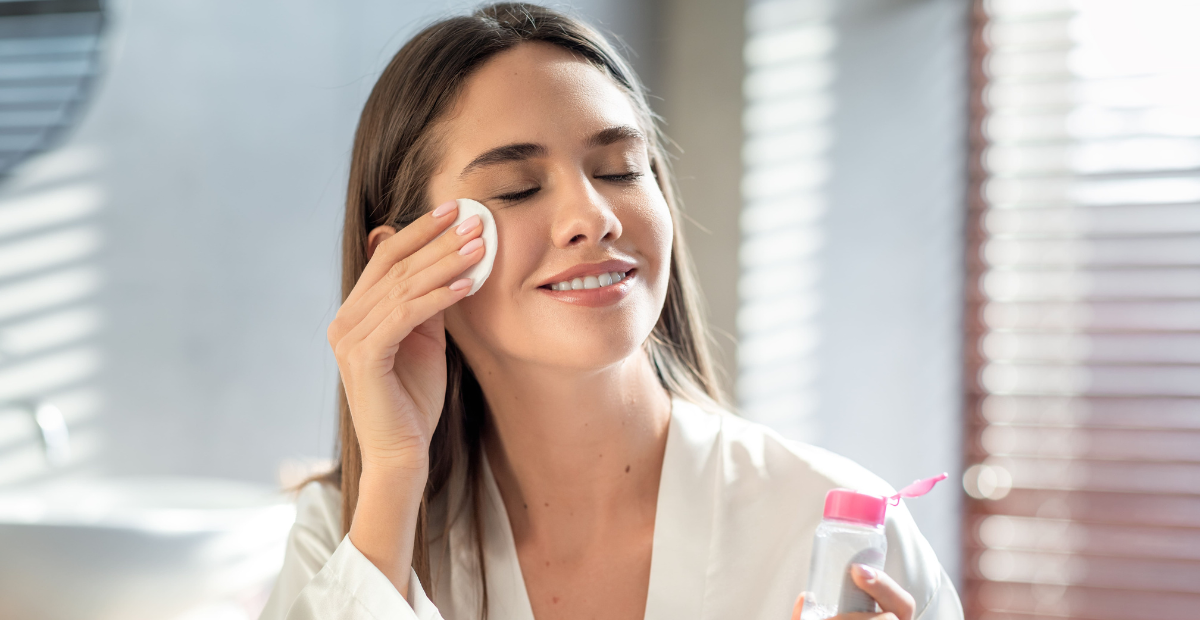Everything You Want to Know about Shea Butter and Its Benefits
Onskin Content Team
Your guides through the skincare chaos
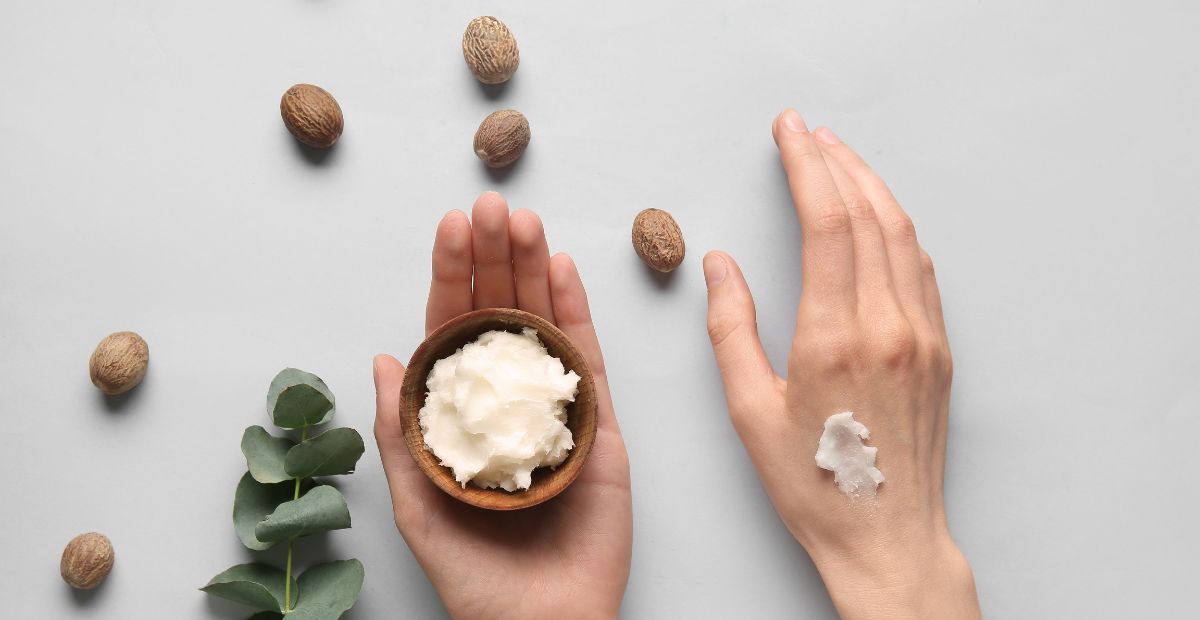
When colder days creep in and skin starts begging for extra care, shea butter quietly steps in as the hero. Velvety, rich, and endlessly soothing, it’s the kind of ingredient that turns a basic skincare routine into a small daily ritual. No wonder it’s been adored for ages.
Where Does Shea Butter Come From?
So, what is shea butter really? At its core, shea butter is a plant fat derived from the nuts of Vitellaria paradoxa, a tree that grows across the savannas of West Africa.
Women in local communities have traditionally crafted it through roasting, grinding, and separating the fat from the kernels—a method still widely used today. The result is an ivory, butter-soft substance that has found its way into modern beauty routines everywhere.
What’s Inside Shea Butter

The nutrient composition behind this ingredient is one of the major reasons it has become a skincare favorite.
It contains triglycerides rich in oleic, stearic, linoleic, and palmitic acids, which help smooth and hydrate the skin. But what truly sets it apart is its unsaponifiable fraction: triterpenes, tocopherols (vitamin E), phenols, and sterols. These compounds deliver many shea butter benefits, from antioxidant protection to anti-inflammatory properties.
Does Shea Butter Suit Everyone?
If you’re wondering whether shea butter is a match for your skin type, here’s the good news. It can be a good fit for all skin types. Its soothing qualities make shea butter a favorite for those seeking gentle nourishment.
Plus, it’s generally considered non-comedogenic. Translation? It’s unlikely to clog your pores. But, as always, skin is personal—and testing a small amount first is your best bet.
What Shea Butter Does for the Skin
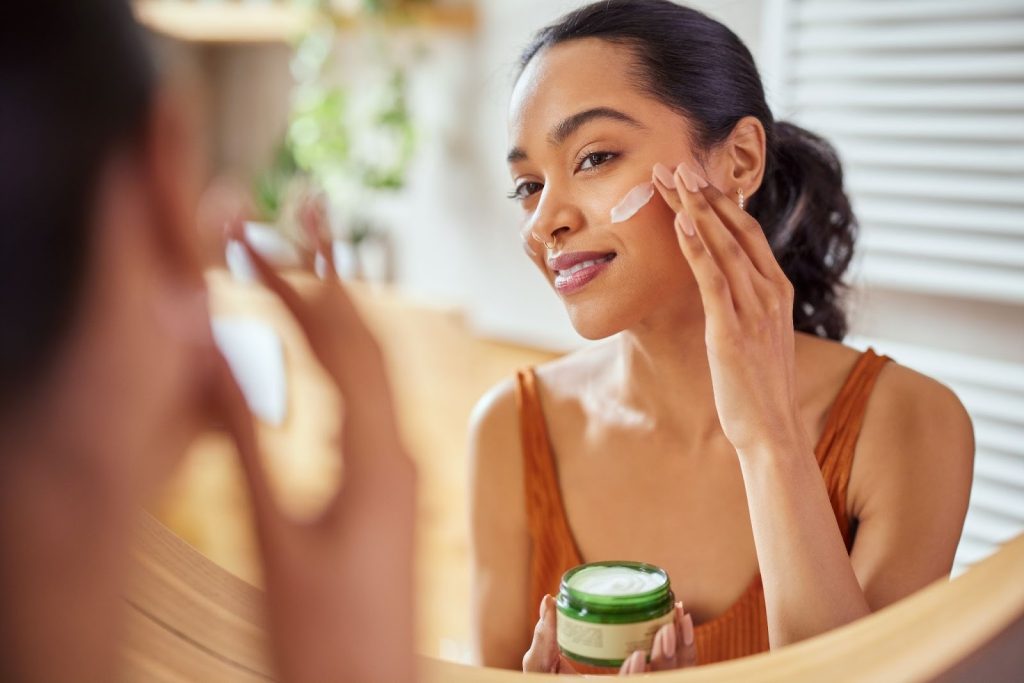
Shea butter cares for skin in a simple yet effective way. Its natural oils, vitamins, and plant compounds work together to hydrate, soothe, and support the skin’s resilience. Several studies explain why this ingredient has stayed popular for so long.
Moisturizing Properties
Shea butter melts into the skin and creates a protective layer that helps hold onto moisture and soften dry areas.
The proof is a study on children with atopic dermatitis, a condition where the skin is very dry and the barrier is fragile. For four weeks, its participants used a cream containing shea butter extract, and it worked about as well as a ceramide-precursor product, known for strengthening the skin barrier. Plus, kids who liked using the shea butter moisturizer also experienced less itching and felt more comfortable day to day.
Antioxidant Protection
Our hero contains vitamin E and plant phenols—two groups of antioxidants that help the skin defend against everyday stressors. These include free radicals generated by pollution and UV exposure.
Studies confirm that the amount of vitamin E (specifically alpha-tocopherol) in shea butter varies a lot depending on where the trees grow. Butters from hot, dry regions had especially high levels of alpha-tocopherol, giving them stronger antioxidant potential.
Anti-Inflammatory Effects
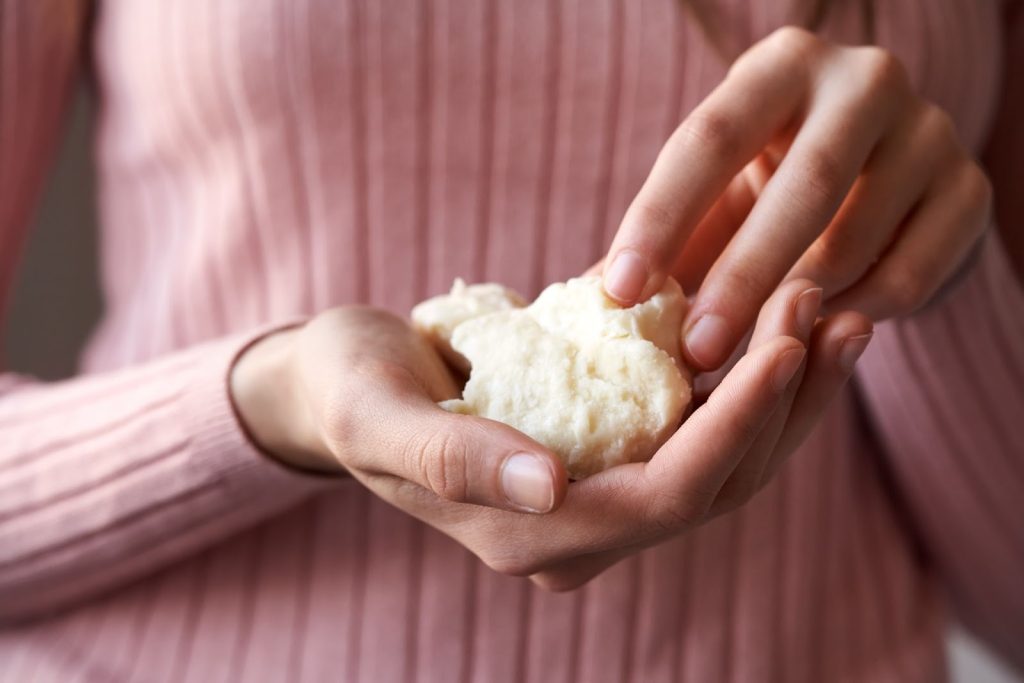
Shea butter also brings a calming touch.
One lab study showed that its extract can calm inflammatory activity in immune cells. When the cells were exposed to something that normally triggers strong inflammation, the shea extract lowered several key inflammatory signals. It also slowed down the enzymes and pathways that normally ramp up inflammation.
In even simpler terms: shea butter benefits are about toning down your skin’s “alarm system” when irritation flares. As a result, it may ease redness, inflammation, and discomfort triggered by weather, friction, or dehydration.
Antibacterial Benefits
Another surprising benefit of shea butter? It proved to help certain antibiotics work better against bacteria.
This is about fusidic acid, used to treat bacterial skin and eye infections. In this study, researchers packed fusidic acid into tiny fat-based particles called solid lipid nanoparticles, using shea butter as the main fat because it also has some antibacterial properties.
As a result, the shea-infused solution was found to be stable, gentle (it didn’t irritate the skin of treated rats), and made the antibiotic even more effective.
How to Use Shea Butter From Head to Toe

From hair to heels, this superhero is incredibly versatile. Its rich, nourishing texture makes it a go-to ingredient for soothing, protecting, and hydrating skin and hair all over the body:
1. Hair care. Shampoos, conditioners, and masks with shea butter can soften hair and protect it from breakage. At the same time, over-brushing or heat styling can weaken your strands, and these habits explain what to watch out for.
2. Dry hands. A shea butter cream is a lifesaver for hands that get dry from washing or cold weather. Its fatty acids lock in moisture, while its calming properties soothe irritation. For extra care ideas, there’s a guide for dry hands.
3. Cold-weather rescue. As the air gets colder and drier, skin tends to lose moisture faster and needs richer formulas. Products with shea butter (as well as ceramides, niacinamide, vitamin C, and plant oils) are your hydration heroes through colder days.
4. Heel repair. Cracked heels respond well to shea butter. It softens thick skin, helps repair small cracks, and keeps feet hydrated.
Why Shea Butter Lasts
Shea butter goes beyond trends. It nourishes, soothes, and protects skin from head to toe. Spread it on winter-weary cheeks, rub it into hands, or massage it onto cracked heels. Once it becomes part of your routine, you’ll see why it’s lasted for generations.
FAQ
-
Where do I start with OnSkin?
Download the app and think of a product you’d like to know more about. Then, go to the main screen and choose how you’d like to get the info —by manually looking it up in the search bar, by scanning its barcode, or by simply taking a picture of the packaging. Once you’ve done any of these, you can see how safe the product is and if it suits your skin or hair (if this analysis is available).
-
What is Safety Rating, and how is it calculated?
In OnSkin, we base product rates on ingredients. Each is closely studied by our medical team and then evaluated. This way, each product gets a score from 0 to 100, with 100 as the safest level.
Safety Levels
- Excellent (76–100)
- Good (51–75)
- Not great (26–50)
- Bad (0–25)
These scores are backed by the latest scientific studies. You can find links to the resources we’ve used on each ingredient page. To assess the safety of product ingredients, we evaluate them according to the following parameters/criteria
- Endocrine disruption risk / Reproductive toxicity
Indicates the probability of mimicking, blocking, or interfering with the body hormones.
- Сarcinogenicity
Measures the potential risk of inducing cancer.
- Allergy risk
Estimates the probability of an allergic reaction.
- High concentration alert
Determines the risk of being unsafe in certain amounts.
-
What is Skin Match?
Based on the info you input about your skin type, age, skin care goal, and other “settings,” OnSkin checks how well a product is tailored to your unique skin needs — it’s basically like a dermatologist helping you find the right products, minus the fees and the long wait. The product you’re checking might be labeled as It’s a match!, Hit-or-miss, or Not a match for you. The app also detects ingredient groups such as Anti-acne, Anti-inflammatory, Moisturizes, May be drying, Comedogenic, and others — by tapping one, you see exactly what ingredients from this or that group are in the product.
-
I seem to have a problem with using the app. Who should I contact?
Please reach out to us at [email protected], and we’ll carefully look into your issue. Your ideas for improving the app are also very welcome!
-
Do you have an Android version?
Not yet! Hey Android users, we hear you, and we're thinking about making an Android version, but we haven't started the development yet.
Tracker Sent!
It’s on the way to your inbox.


